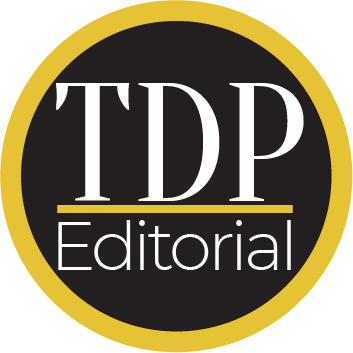
It’s happening with COVID-19, it happens with politics, and it happens with the environment: tragedy spurs paranoia, paranoia attracts the media, the media stirs up more paranoia, and the cycle repeats. This phenomenon is known as an “availability cascade,” a term first coined by economist Timur Kuran and legal expert, Cass Sunstein in a 2007 paper.
The idea of an availability cascade stems from two observations, the first being humans’ tendency to judge the probability of events based simply on the information available to them. Known as the “availability heuristic,” this mental shortcutting, though occasionally useful, can have vicious consequences, especially in today’s age of media. When coupled with the constant stream of news coming at us every day, our judgments and perception of reality become dangerously skewed.
In the current situation, the Coronavirus outbreak has flooded through the media in one of the largest cascades of the decade. But the virus does not look so bad when you step back from the influx of paranoia and consult the statistics. Despite these statistics, however the constant cascade of anxiety has triggered another psychological effect in populations known as mass hysteria.
In the UK, China, and now in the US, shelves have been emptied of hand-sanitizer and canned foods. Colleges and universities—including our own—have implemented extra days of break, or canceled the rest of the semester entirely. This hysteria, much like the media, only adds to the cascade.
Although precautions should be taken when the media indicates a national or international issue, we should remain calm and not allow the media to push an already present feeling of anxiety around certain issues.
